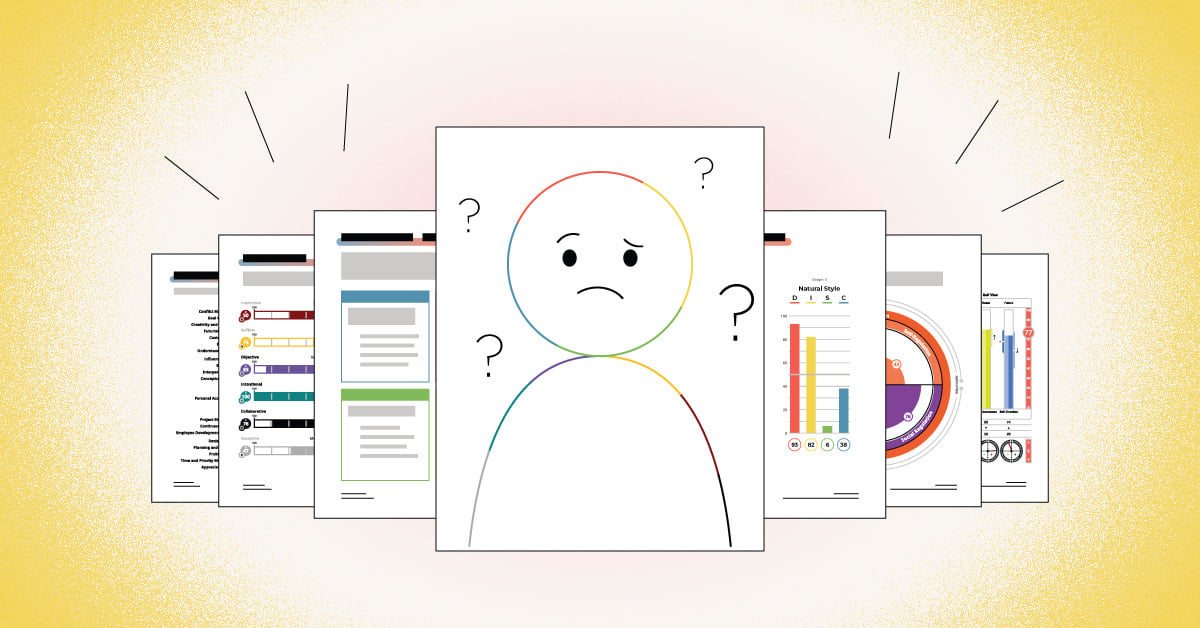
It seems like a very simple and basic concept, that people are the lifeblood of any business. Businesses will succeed or fail based depending on the quality of its workforce. Yet, how many business owners view their workforce as the resource they actually are, and take the time to ensure they have the best of the best?
Ultimate success for a company comes from constructing a well-rounded and synergistic team. It starts with understanding the real cost of a bad hire. If you ask a business owner, what keeps you up at night? A likely answer may be the ability to hire and retain the right people. Well, at least it should be the answer.
What leads to a bad hire?
Who isn’t in a hurry these days? With time continuing to be the world’s most valuable commodity, people have more things to do than time available to accomplish those things. So what happens? We start to rush, become impatient, act reactively instead of proactively and start making careless mistakes. Sometimes checking off the box becomes more important than a quality outcome, and when that happens, the real problems begin.
All sorts of stats exist on the true cost of making a bad hire. According to research from SHRM, employee replacement can cost a company between six and nine months of the departed employee’s salary. If this number is even close to being correct, the importance of hiring right the first time is no longer a luxury, it’s a necessity!
We can all agree that hiring the right person the first time should always be the goal. How then can you improve your chances on getting it right the first time?
Reasons bad hires occur
Learning from past mistakes is the best place to start to improve your hiring practices. If you have been guilty of any of the following five examples below, use those as learning experiences and take a different approach moving forward.
- Utilizing a Lackluster or Low-Cost Job Board
- Picking a quality outlet for sourcing potential employees is vital to the hiring process. It is essential to attract employees familiar with your company’s industry and with a passion for what you do.
- Rush to Hire
- It is important not to rush any hire. Hiring out of desperation can lead to a poor decision and ultimately set the company backward. Taking the time to build a stellar team not only helps to maximize efficiency, but its residual return is far higher than bringing on a temporary employee who won't last.
- Not Gathering Enough Information
- Many employers do not take the time to think about the position and what it entails. When hiring an employee, whether its entry-level or management, it is vital to understand the position's duties, incentives, challenges, environment, and role within the team. It is important to identify what and who the position requires before starting the selection process. Do a thorough internal observation of the workplace and what type of employee would fit into the company's values. Job benchmarking is an excellent tool to identify exactly what the job entails and what type of worker would be the best fit.
- Unstructured and Inconsistent Selection Process
- The hiring and selection process is different for every company. Some prefer to keep it in-house, while others outsource their hiring to a staffing agency. With either route, it is important to have a consistent, professional, and structured hiring process. Inconsistency increases the chance of a bad hire. Find a method that works and refine it. Creating a stable selection process upfront will protect resources later.
- Poor Leadership or Management
- The workplace starts with its leaders. The management team sets the tone for the workplace environment and will attract employees with like-minded values. It is vital to have a competent, driven and self-aware leadership team. By creating a strong team at the top, it helps to maximize the full potential of quality employees. Additionally, a quality manager will attract higher-quality employees and the likelihood of retaining them.
The cost of a bad hire
The cost of a bad hire is not something commonly seen on a business's annual profit and loss report because it is not a tangible entity. Bad hires affect companies financially, structurally and motivationally. Think of the time spent sifting through resumes, interviewing potential hires and training new team members.
To understand the cost of a bad hire, businesses must think big picture.
It costs time and money to find a decent candidate, bring them in for an interview, perform background checks and on-board them. This process often pulls managers from daily duties, resulting in less hours to accomplish other tasks. Once the candidate is on board, more managerial hours are spent training the employee on all the aspects associated with learning the job.
The problem can be much bigger than the failure of a single employee. After spending money and resources to fast-track an employee, let’s say they start to fail. The employee comes into work disengaged and unmotivated, pulling down other coworkers, diminishing overall company morale. If this employee is customer-facing and projects their negativity outward, the company runs the risk of losing loyal customers who decide to take their business elsewhere.
At some point, the company realizes the employee is not a fit and decides to cut the cord. The entire selection process must start over again to re-fill the position. It didn’t have to be this way!
Conclusion
The cost of a bad hire is higher than most people may realize and the repercussions can linger long after the employee takes their talents elsewhere. If more business owners, hiring managers and talent professionals truly understood the cost of a bad hire, there’s no doubt that more time, effort and resources would be used upfront to be sure the right person is hired the first time.


